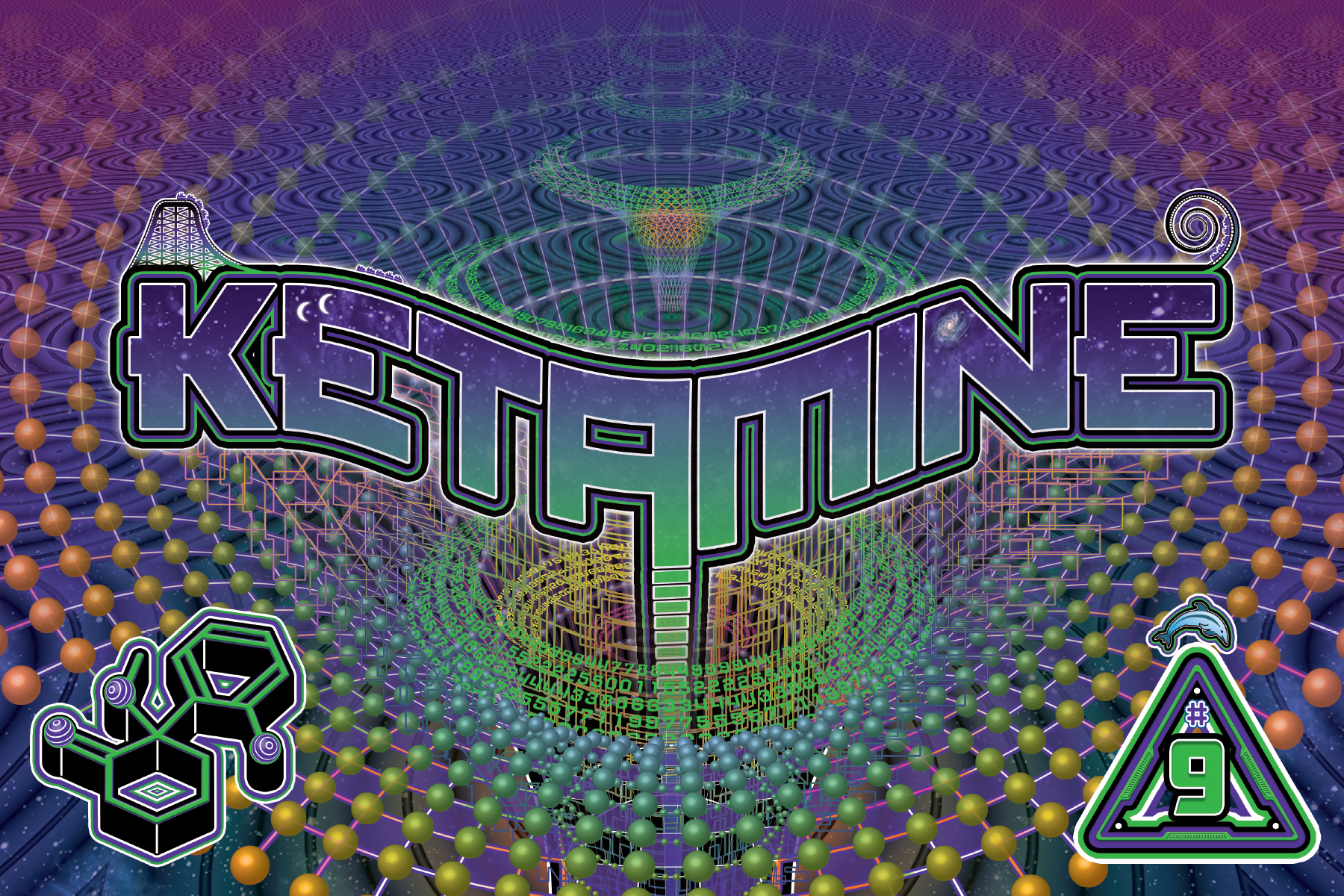
Ketamine
Post Date: February 6, 2014
Rachel Clark2023-03-28T16:20:02-07:00
Ketamine
What is ketamine?
- Ketamine belongs to a class of drugs called “dissociative anesthetics” that separate perception from sensation. Other drugs in this category include PCP, DXM, and nitrous oxide.
- Ketamine is a widely used anesthetic in both human and veterinary medicine. It’s particularly helpful in pediatrics and for anesthetizing people who have head injuries.
- Ketamine infusions and nasal sprays have been rapidly gaining popularity as a treatment for depression, and have been shown to produce a marked reduction of symptoms in patients with suicidal ideation.
- Medical-grade ketamine comes as a liquid. Unless a person is injecting it, it’s usually evaporated into a white powder and snorted (or, rarely, administered orally or rectally).
What are the effects?
- At lower doses, ketamine produces a mild trance-like or “floaty” feeling similar to nitrous or alcohol.
- The effects of ketamine last about 45-60 minutes. Most people return completely to baseline within 1.5-2 hours.
- Higher doses produce hallucinogenic and dissociative effects and may cause out-of-body experiences.
- An out-of-body experience is often referred to as entering a “k-hole” and can be compared to a near-death experience, sometimes including sensations of rising above one’s body. Other users report being “teleported” to other locations.
- Many users find these experiences spiritually significant, while others find them frightening, particularly if they’re accidental.
What is a typical dose?
- Most people snort “bumps” or small lines of about 30-60 mg, and the effect comes on within about 5 to 15 minutes.
- 100 mg is usually enough to enter a full dissociative state (a.k.a “k-hole”).
- Some people inject ketamine into a muscle, which takes a much lower dose.
Be careful!
- Although ketamine itself doesn’t slow down heart rate or breathing, it’s still risky to combine with depressants like alcohol, benzos, or GHB. These mixtures can lead to blackouts, spins, vomiting, erratic body temperature, and loss of consciousness.
- Try not to use high doses of ketamine alone. People have died after taking high doses of ketamine and choking on vomit or falling forward on pillows.
- Long-term use of ketamine can lead to ketamine cystitis, a condition in which the lining of the bladder is damaged. Cystitis can cause pelvic pain, frequent urination, and incontinence, and can result in bladder removal in severe cases. Ketamine cystitis appears inconsistently, and we’re not sure why.
- Entering a k-hole can be an interesting and beneficial experience, but it is not something to do in a public setting.
- While in a k-hole it can be dangerous and very difficult to move. Ketamine disrupts communication between the brain and body, reducing motor control and pain signaling. Always remain seated or lying down when doing large amounts of ketamine.
More harm reduction tips
- With the recent rise of interest in ketamine, more and more dealers are claiming to be selling special formulations (like s-ketamine or r-ketamine “isomers”). This is almost always a marketing ploy, since r-ketamine is only produced for research and s-ketamine is only available if it’s diverted from Johnson & Johnson’s medical or clinical supply (at great risk and expense).
- “Racemic” ketamine is a mixture of r- and s-ketamine. All ketamine on the streets is racemic unless it’s made for a specific clinical purpose like those mentioned above, in which case it’s extremely tightly controlled.
- There is a way to split racemic ketamine into r- and s-ketamine, but it’s costly, advanced, and time-consuming, which means that there’s no incentive. Many dealers attempt to charge higher prices by claiming that their product has undergone this splitting process or telling an elaborate story about where it was sourced from.
- There is no way to test whether ketamine is one isomer or another without the most advanced lab equipment available.

